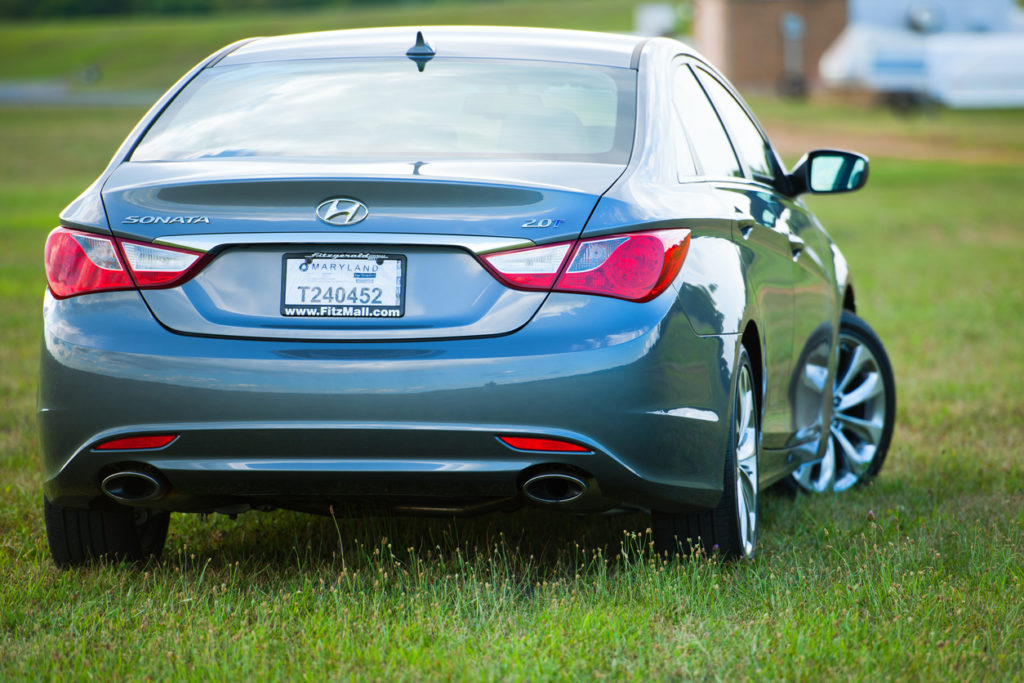In crafting a defense in an OVI case, one of the first questions we ask is whether the initial traffic stop was valid. In order for the police to pull over a car, the driver must have committed some traffic violation.
One recent Ohio case involving an OVI stop based on an alleged failure to illuminate the driver’s rear license plate highlights the importance of challenging the initial stop.
In State v. Wood, 2015-Ohio-4434, the trooper claimed he pulled the driver over because her rear license plate bulb was out. But at the hearing on the motion to suppress, the driver testified that she had recently replaced the bulb and that it was working. The trooper said he didn’t think it was working, but that he never double checked once he pulled the driver over.
In the end, the judge believed the driver over the trooper and the case was thrown out.
Driver Pulled Over for Rear License Plate Bulb Violation Under R.C. 4315.05(A) and is Arrested for OVI
Around 2:00 a.m., an officer was following a vehicle operated by the Defendant. A few moments after beginning to follow the car, the trooper said he observed the vehicle’s rear license plate was not illuminated.
After driving closer to confirm the bulb was out, he activated his lights and pulled her over. He approached the vehicle, which was occupied by Defendant and two passengers.
Smelling a strong odor of alcohol coming from the vehicle, the trooper asked the Defendant if she had consumed any alcohol, and she said no.
The trooper said he couldn’t determine whether the odor of alcohol was coming from the driver or the passengers. He, therefore, instructed the driver to step out of the vehicle and into the front of his patrol car.
Still detecting a strong odor of alcohol coming from the driver, he once again asked whether she had any drinks. She admitted to having consumed three drinks. She then failed the field sobriety tests and was arrested for OVI.
She was charged with OVI under R.C. 4511.19(A)(1)(a) and R.C. 4511.19(A)(1)(d); failure to wear a seatbelt, and not having an illuminated license plate light, in violation of R.C. 4513.05.
Driver Challenges the Traffic Stop Claiming Rear License Plate Bulb Was Working
In the motion to suppress, the driver argued that there was no reasonable basis for the initial traffic stop by the officer.
In order to make a traffic stop, an officer must have reasonable suspicion or probable cause that a traffic or criminal violation has occurred. Here, the trooper claimed that he pulled the car over for failure to have a working light on her rear license plate.
Ohio Tail Light / Rear License Plate Statute
R.C. 4513.05(A) states:
“Either a tail light or a separate light shall be so constructed and placed as to illuminate with a white light the rear registration plate, when such registration plate is required, and render it legible from a distance of fifty feet to the rear. Any tail light, together with any separate light for illuminating the rear registration plate, shall be so wired as to be lighted whenever the headlights or auxiliary driving lights are lighted, except where separate lighting systems are provided for trailers for the purpose of illuminating such registration plate.
Trooper’s Testimony: The License Plate Bulb Was Not Working
At the suppression hearing, the officer testified that when traveling behind the vehicle from a distance of 50 feet, he observed the rear license plate was not illuminated.
When he pulled closer, he confirmed the plate was not illuminated – he said he was 100 percent certain that the rear license plate was not illuminated.
After stopping the vehicle for the violation, he claimed he was still unable to discern the license plate number and county sticker without his spotlight. He didn’t witness any other infraction.
On cross-examination, the trooper was asked, when he got closer to the vehicle, whether he ever checked “if the light was on or had already made your determination it wasn’t working, you were focusing on other aspects of your investigation.”
His reply was “Right. I was already certain it was out. I was focusing on the others.”
He
then admitted that he never went back after the stop to take a closer look at the plate itself to determine whether it was working.
Driver’s Testimony: License Plate Light Was Working Because She Had Recently Replaced the Bulb
The driver then testified. She testified that she informed the trooper that she had been pulled over for the same reason the prior month, and she had recently replaced the license plate bulbs.
She testified the bulbs were working between the time she replaced them in June and through the day of the suppression hearing.
Given the conflicting testimony, the trial court was faced with a credibility issue.
The court found that although the trooper was certain that the license plate light was not working, he did not verify that fact after stopping her vehicle.
The trial court found the trooper’s rendition of the events not credible. Instead, the judge believed the driver that she had recently replaced the bulbs.
Because there was no probable cause for the initial stop, there was insufficient reasonable articulable facts to justify extending the stop and requesting the driver perform Standard Field Sobriety Tests. Thus, the case will be dismissed.



